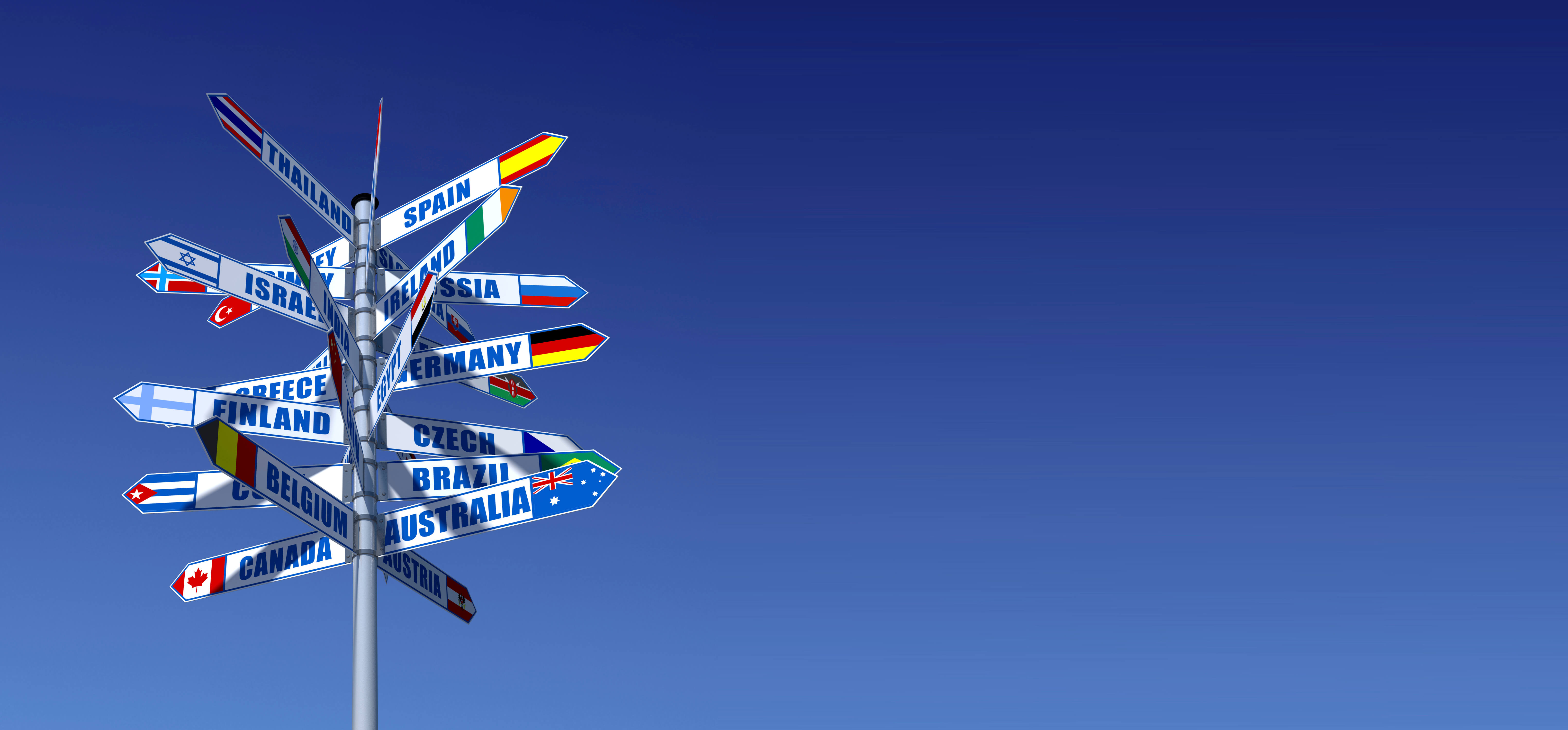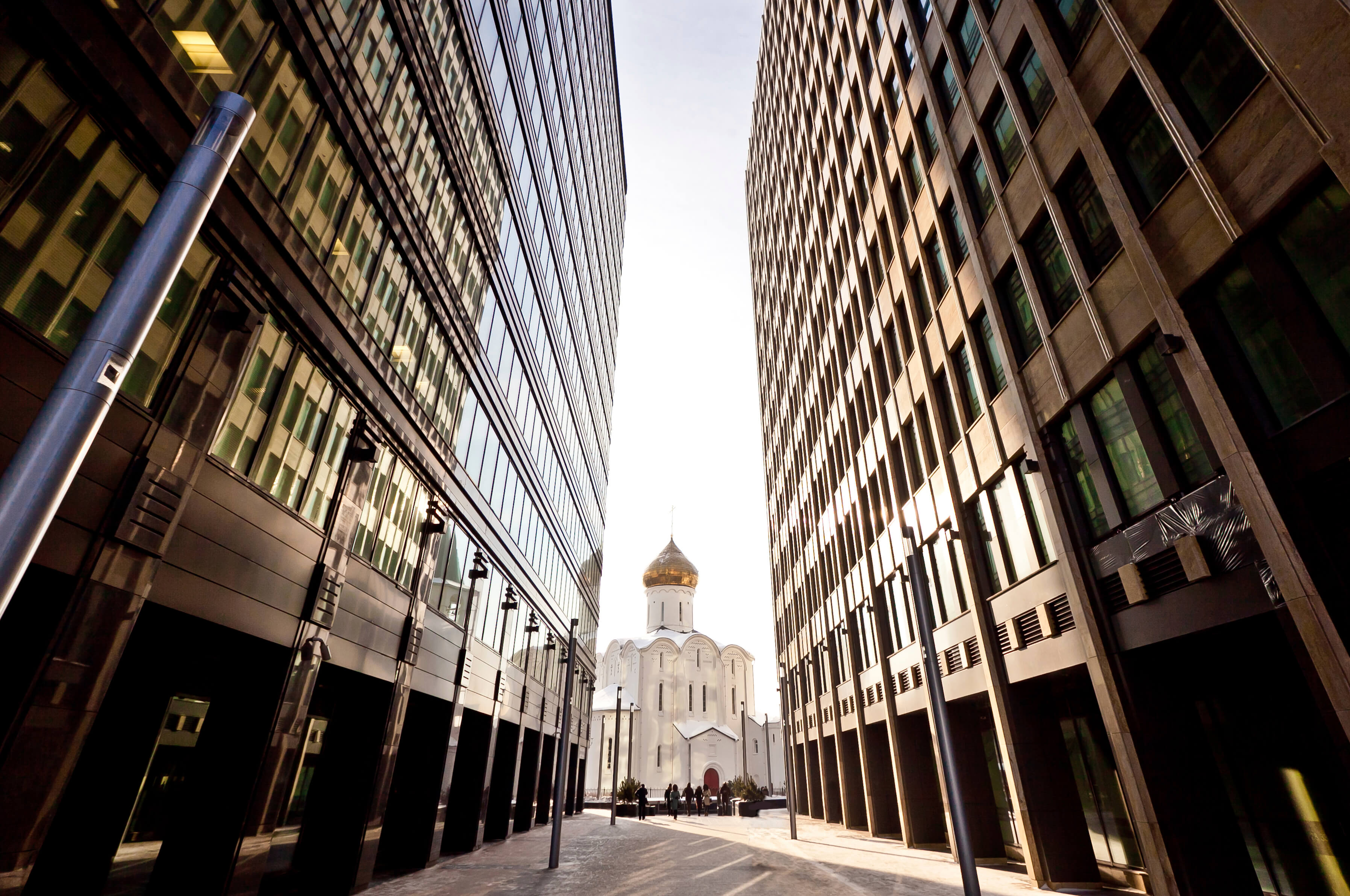Kirill Katkov has assessed the position of the Supreme Court of the Russian Federation on the calculation of compensation for unlawful brand use
The Supreme Court of the Russian Federation reminded that for the unlawful use of a trade mark, the infringer may be charged double the income that he derived or only intended to derive from the sale of the counterfeit. However, the judges clarified: this type of damages can be applied when the counterfeit goods are actually available in the quantity that the plaintiff takes as a basis for calculation.
Thus, the Supreme Court of the Russian Federation cancelled the decisions of the lower courts and sent for a new consideration a dispute on the recovery of compensation from the entrepreneur Vasily Levchenko and Vsemarket marketplace, which offered to order goods with someone else’s logo. The three instances ordered the offenders to pay jointly RUB 3.2 mn, based on the cost of each model of goods sold through the site at twice the amount. However, the Supreme Court of the Russian Federation pointed out that the mechanism of the marketplace’s operation had not been investigated: the website only contains a catalogue of designs that can be printed on products, not the actual goods produced.
Kirill Katkov, Associate at Maxima Legal, called the Supreme Court’s ruling relevant. “With the development of marketplaces, offers to sell things with other people’s trademarks placed illegally on the products are more and more often placed on them. Accordingly, disputes on the protection of exclusive rights to such means of individualisation are also becoming more numerous,” the expert told Pravo.ru.
According to the lawyer, “in cases involving similar online trading platforms, courts usually determine the quantity of goods offered for sale based on the number of products listed on the website itself. <…>. If there is no quantity of goods available for purchase on the website, the courts usually consider that at least one unit (model) of goods is offered for sale. When the applicant has not proved a larger number of products available for purchase, the amount of compensation is determined by multiplying the cost of one model by two.”
“In this sense, the position of the Supreme Court corrects the existing practice, for it encourages the courts to investigate the issue of the number of goods actually available at the defendant. This is possible if we demand from him the relevant documents on the products. Continuing the logic of the Supreme Court, we can conclude that if a particular model of goods of the size and colour required by the buyer before the order does not exist, there is no illegal use of another’s means of individualisation”, Kirill Katkov said.
To read the full article (in Russian), please, see Pravo.ru >>>>







